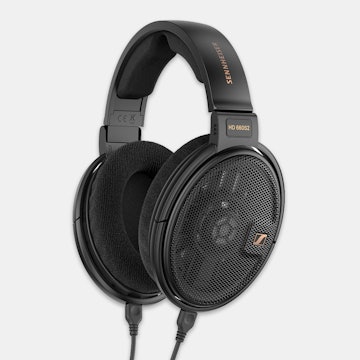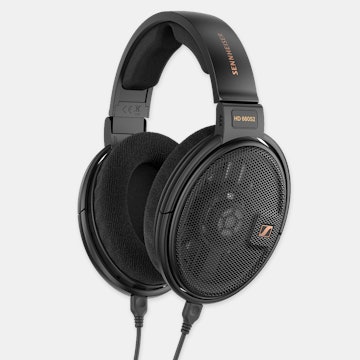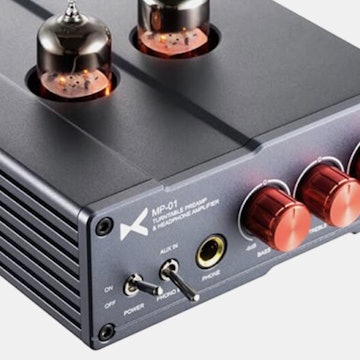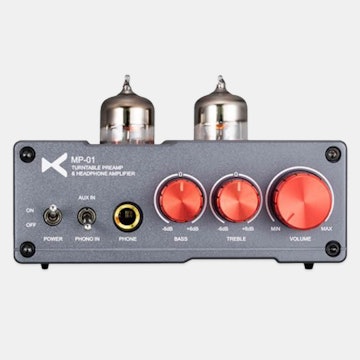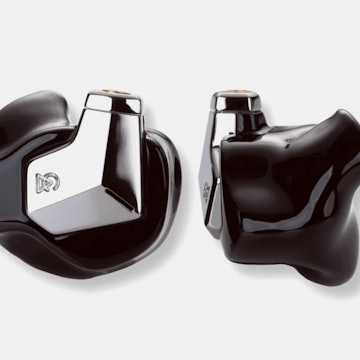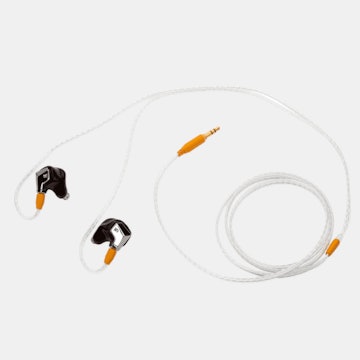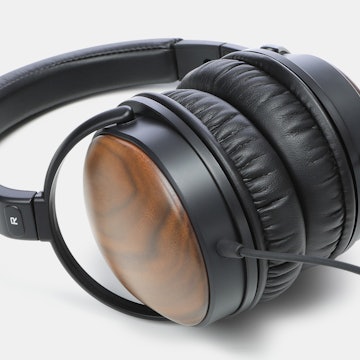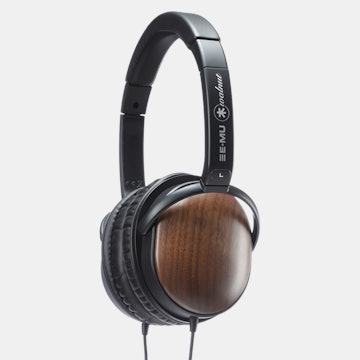Click to view our Accessibility Statement or contact us with accessibility-related questions




Showing 1 of 13 conversations about:

Evshrug
4131
Keyboard Club Member
Apr 21, 2021
bookmark_border
I have owned a GSX 1000 for a couple of years... ask me anything in replies!
policeman51
30
Apr 22, 2021
bookmark_border
EvshrugI have the little FX-Audio DAC-X6. I know it's a AMP/DAC, but I'm curious how the GSX 1000 compares to something like a little dac/amp?

Evshrug
4131
Keyboard Club Member
Apr 25, 2021
bookmark_border
policeman51I haven’t heard of the FX-Audio DAC-X6 before, sorry.
Some general info about the GSX 1000 as a DAC/Amp though: it was originally designed for the Game One / PC37X (116 dB Sensitivity and 50 Ω impedance) and Game Zero (106 dB Sensitivity and two versions, 120 Ω and 50 Ω). It sounds clean and clear, and has plenty of power for those headphones. However, it doesn’t have quite enough power for an HD 6XX (about 102 dB sensitivity, 300 Ω resistance) and will sound a bit restrained, also something like the Fostex T50RP (92 dB sensitivity, 50 Ω impedance) which has an unusually low sensitivity and requires a more powerful amp to sound loud enough and sound clearer.
Sorry about the multiple edits; Drop kept refreshing my app if I took too long looking up specs, and I’d have to start over 😅
If the headset you use has specs similar to the Sennheiser gaming headsets, you’re golden. This includes the PC38X (which I bought full price and quite enjoy) and entire HD 500 series headphones, and even things like the HD 58X Jubilee or HD 660S. Though primarily intended for gaming, the GSX 1000’s hi-res mode will also sound like a decent upgrade for music over almost all headphone jacks on laptops and desktop motherboards. If you want to use the surround and chat mix features of the GSX 1000 with a headphone like the HD 6XX, you can add a more powerful amp in-line between the headphone and GSX 1000, and then you could plug a microphone (like a lapel mic) into the separate mic port on the back of the GSX 1000.
(Edited)
kaveman44
5
Jun 7, 2022
bookmark_border
EvshrugWhat is the best documentation you've found for determining what all the functions on the rotary stand for?

Evshrug
4131
Keyboard Club Member
Jun 7, 2022
bookmark_border
kaveman44They’re well explained in the manual.
Clockwise, the upper right section has icons to indicate what EQ mode is being used. 3 O’clock indicates emphasis on sounds in the front, rear, or neutral. Then there’s indication of Stereo or Surround mix, how much volume the sidetone/mic monitoring has (no delay, so it’s not distracting), the wavy line at 9 O’clock indicates the strength of the surround effect/reverb, and the last red icon is a selector between headphone out and a line-out intended for active desktop speakers.



